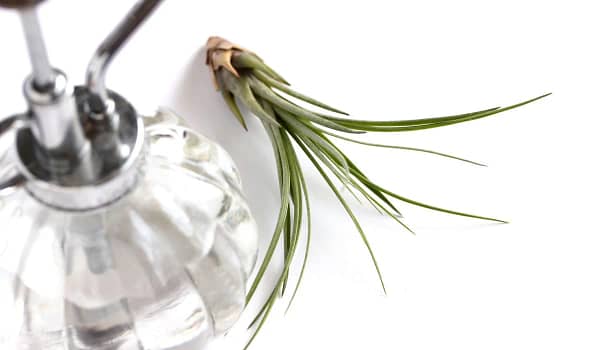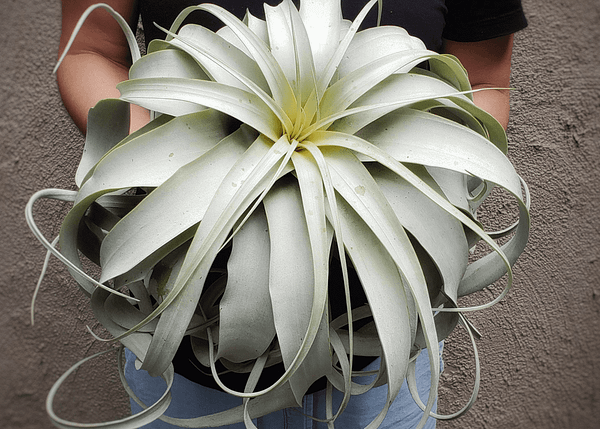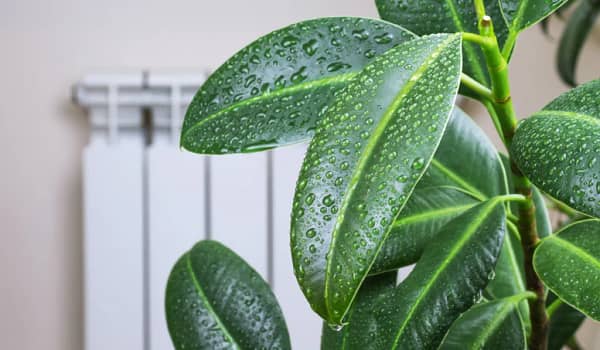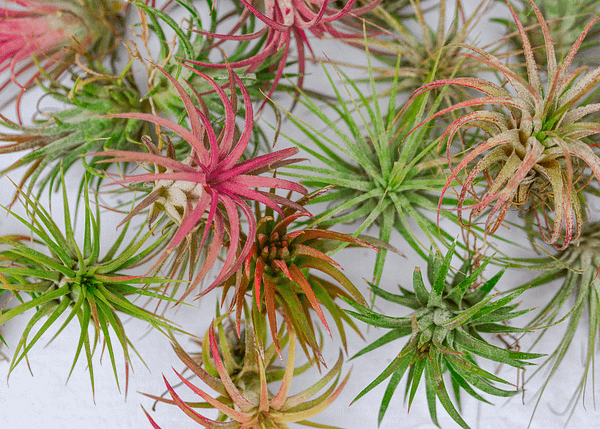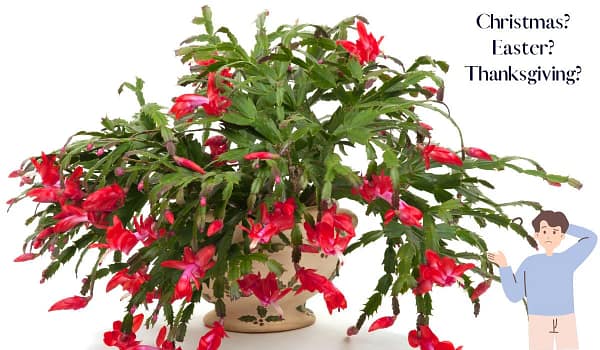All About Tillandsia Capitata Maroon

Capitata Maroon is one of a few varieties of air plants with a year-round, natural red color. Depending on the amount of light it gets, the color can be green, red, or anywhere in between.
Maroon is a very large air plant with long, thin leaves that are stiffer than most Capitata cultivators. It is also one of the few air plants that can be potted in a loose, well-draining mix!
Some plants have a more upright growth pattern and some tend to slightly recurve with an open rosette.
If you are looking for a huge air plant with red leaves that you can actually put in a pot, this is the plant for you.
All About Caring for Capitata Maroon
These are easy to care for and a great colorful air plant. The red color makes it easy to discern whether or not your air plant is getting enough light. If the red color starts fading to green, it needs more light.
When the air plant is too dry, the plant will deflate a little and the leaf tips will start to brown. Once it’s hydrated, the leaves will open and the plant will fill out.
It’s very easy to care for and a great colorful air plant for beginners. Read on to learn more about caring for Capitata Maroon……

USDA Zone 11-12. Maroon is originally from Mexico, the Dominican Republic, and Cuba. I have friends that grow these outdoors in zone 10 with success. However, if you try growing outdoors in zone 10, be cautious of periodic freezes and move your plants if necessary.

Water Maroon by soaking for 30 minutes to 4 hours once per week and dry upside down. If water gets caught in the base it will cause rot. Check out our in-depth guide for watering air plants.

Capitata Maroon grows to around 1.5 feet tall and wide.

Maroon needs bright indirect light to induce blushing. It can survive with lower light but will not maintain a red color. Often south and east-facing windows get the best light.

Capitata Maroon is one of the few air plants that can be grown in a very well-draining, loose soil mix. Think orchid bark. Remember, don’t let water get caught in the cup! These also do very well hanging.

The ideal humidity is 50% or higher. Capitatas can survive on less but it may need longer soaks if the air is dry.

Air plants are non-toxic and safe for children and pets.

Use an air plant specific fertilizer or dilute orchid fertilizer. The ideal ratio for Tillandsia is 16-9-25.

Propagate from pups and seeds.
Get your very own Tillandsia Capitata Maroon here.
Check out these other Capitata cultivars.





